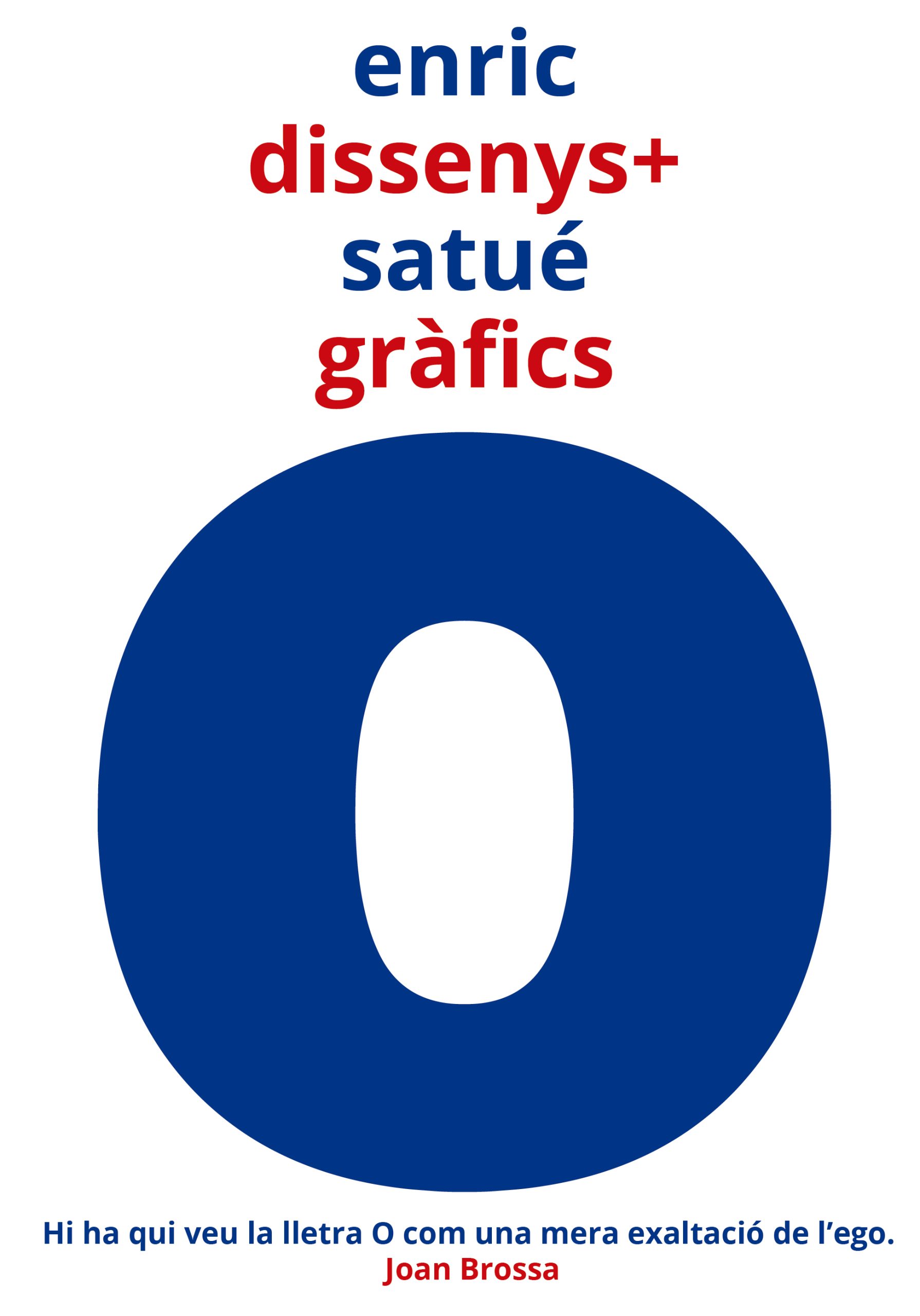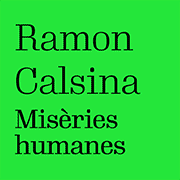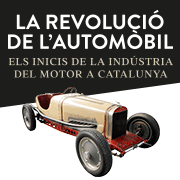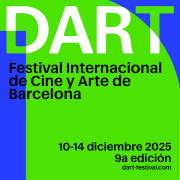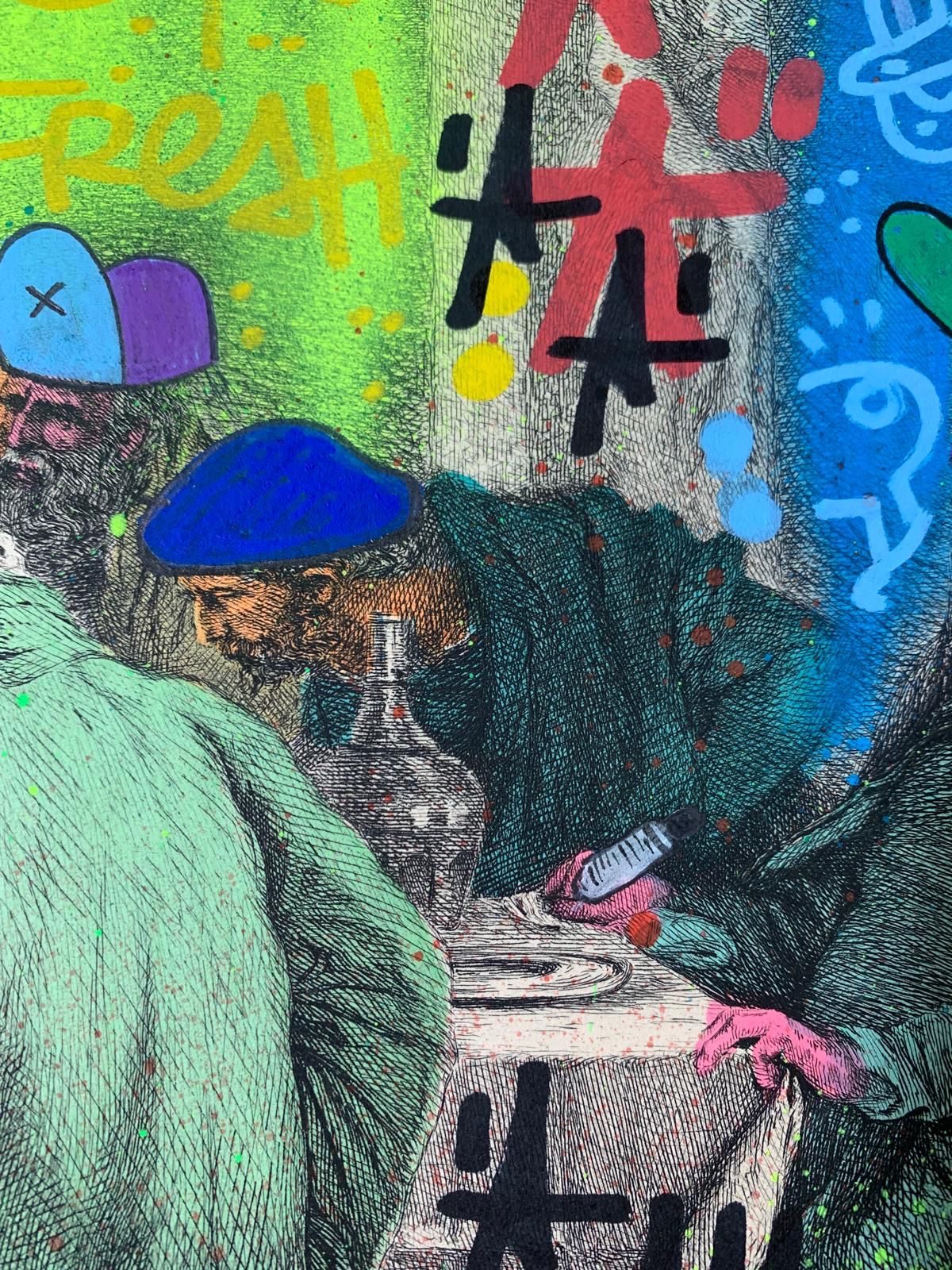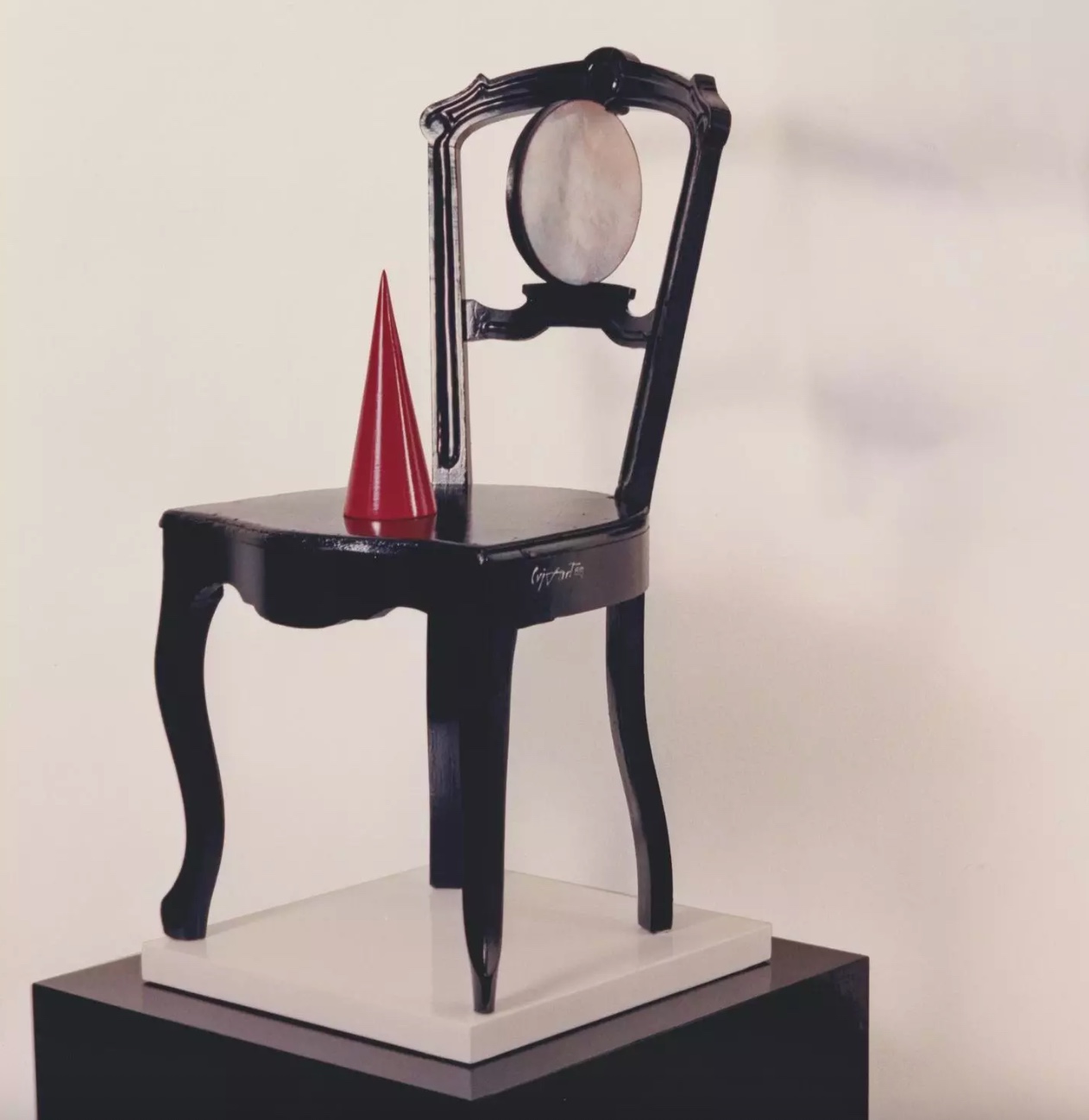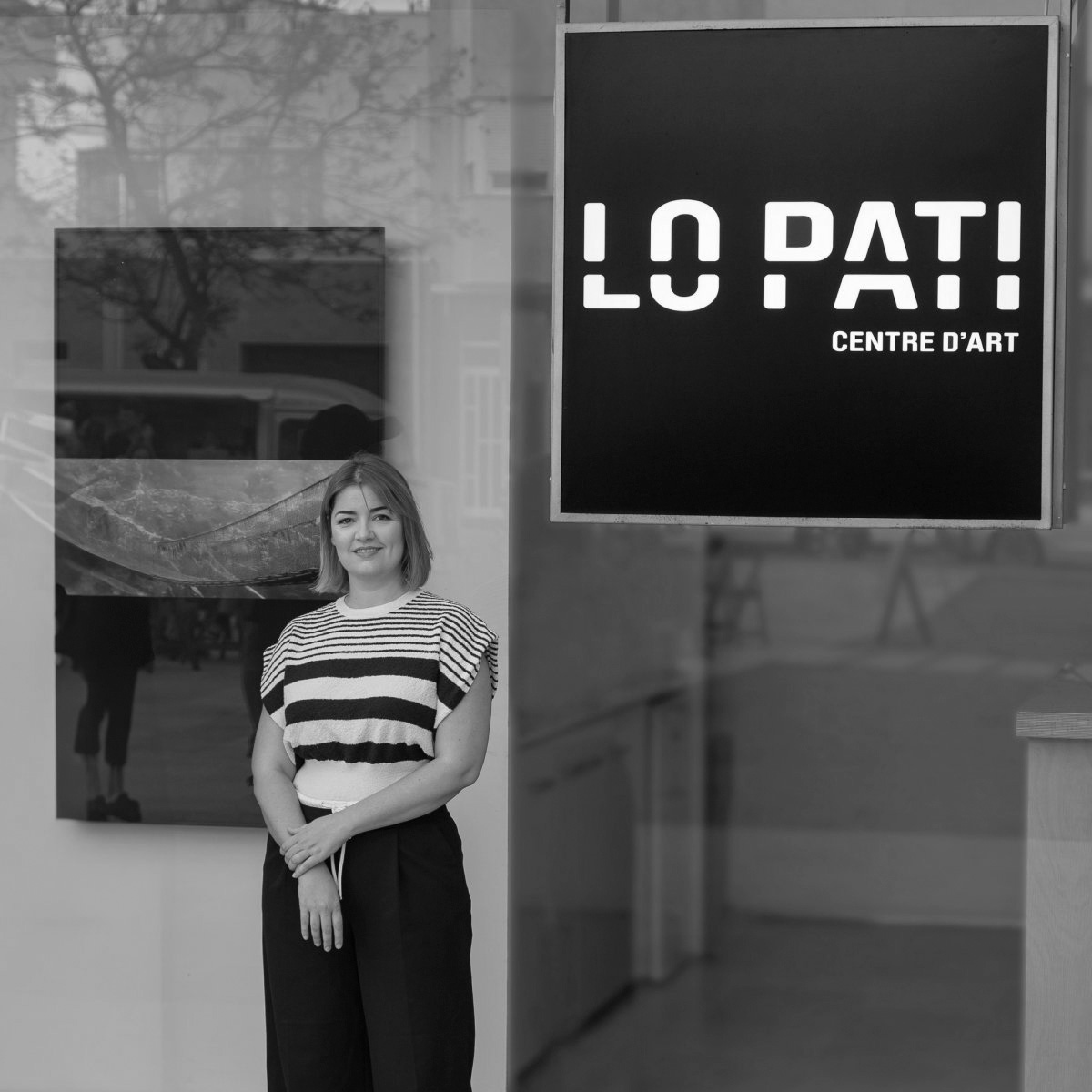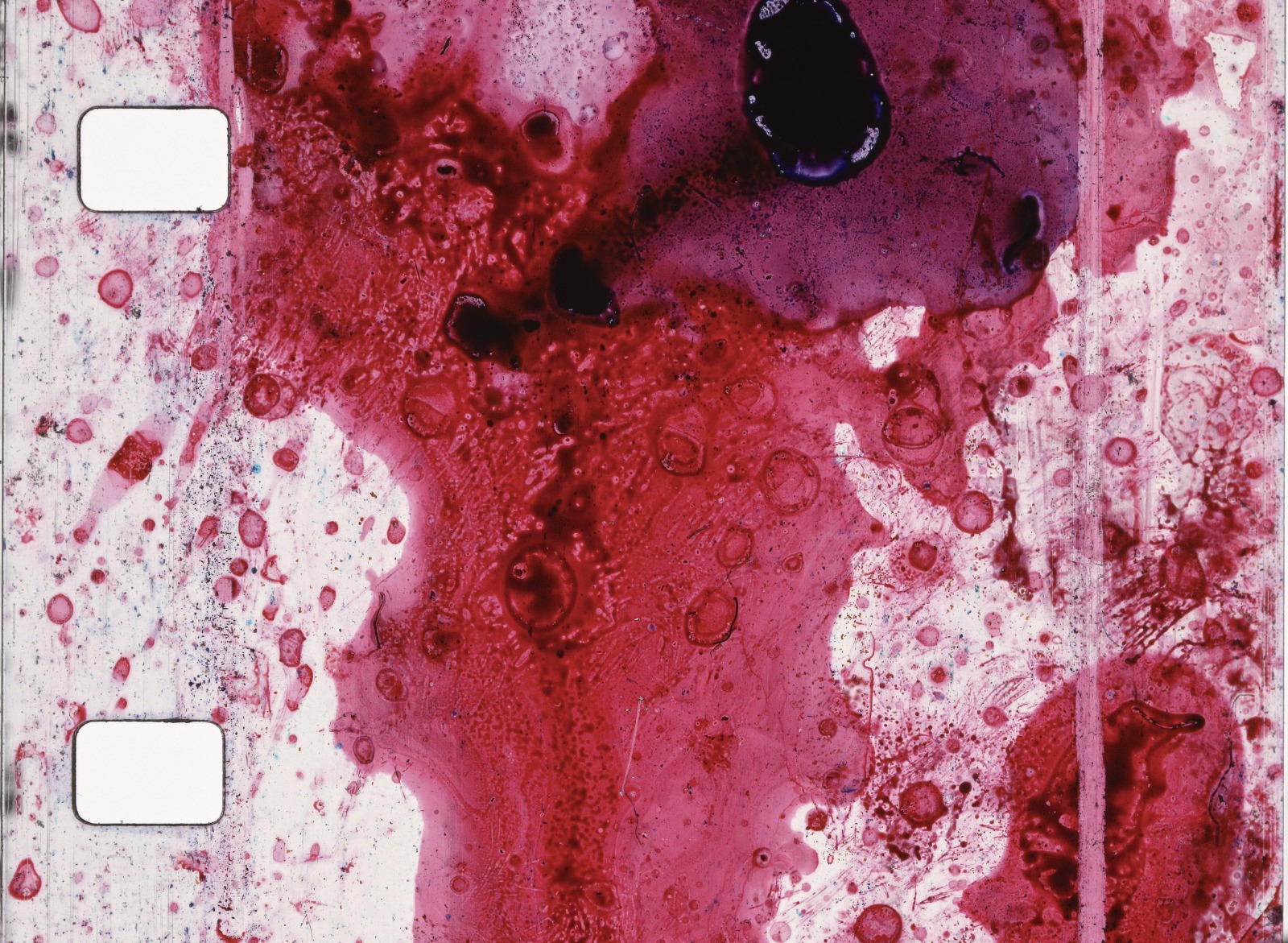Exhibitions
Thought made into an image: the graphic universe of Enric Satué
A journey through the designer's career at the Enric Monjo Museum.
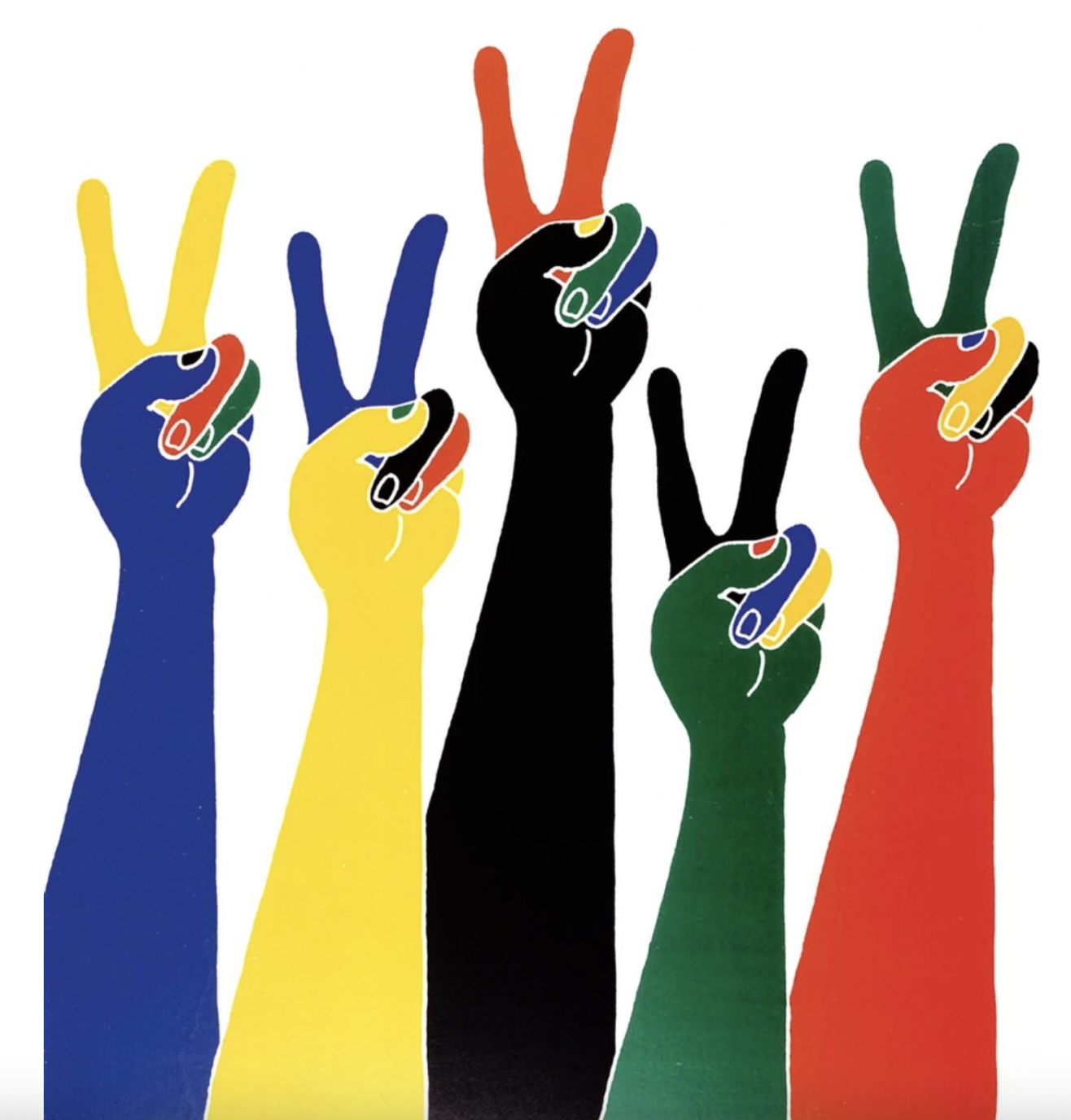
With a long and recognized career, Enric Satué (Barcelona, 1938) has played a prominent role in the way visual communication is understood in our country. And for this reason, the Enric Monjo Museum in Vilassar de Mar is now dedicating an exhibition to him that brings together graphic work, publications, institutional commissions and even unmade proposals. Under the title Enric designs + Satué graphics, the exhibition is presented as an opportunity to get closer to the working process of a professional who has been able to observe the environment and translate it into visual language.
It is a journey that includes posters, books, magazines, calendars, logos, other designs and even projects that were never executed, but that allow a better understanding of his creative approach. Satué is also the author of an extensive bibliography, and his work highlights the desire to connect culture and visual communication, with a critical eye and a solid aesthetic sensitivity. With a clear and visually powerful language, he has been able to transmit the essence of culture through graphic design.
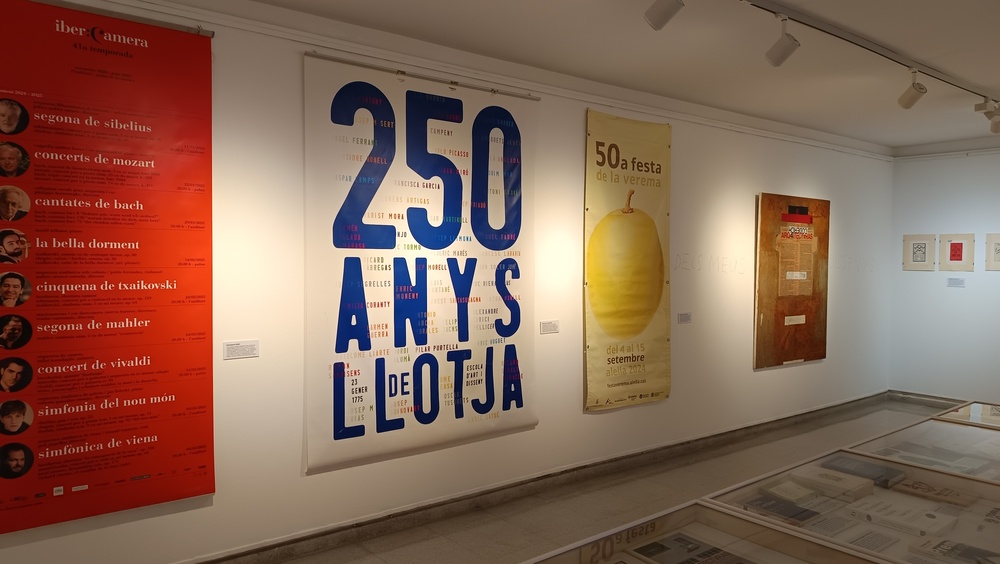 Dissenys gràfics d'Enric Satué al Museu Enric Monjo.
Dissenys gràfics d'Enric Satué al Museu Enric Monjo.
Faithful to a way of working based on meaning and coherence, some of his most recognized works are part of the contemporary visual landscape. This is the case of the poster for the Barcelona 92 Olympic Games , the Austral book collection or the logos of the MNAC , the Cervantes Institute , the Pompeu Fabra University and the Ateneu Barcelonès, among many others . He has also collaborated with media such as El Periódico , El Temps or El Nou 9. Beyond specific commissions, his work shows a conception of design as a cultural and social tool, capable of communicating but also of generating reflection.
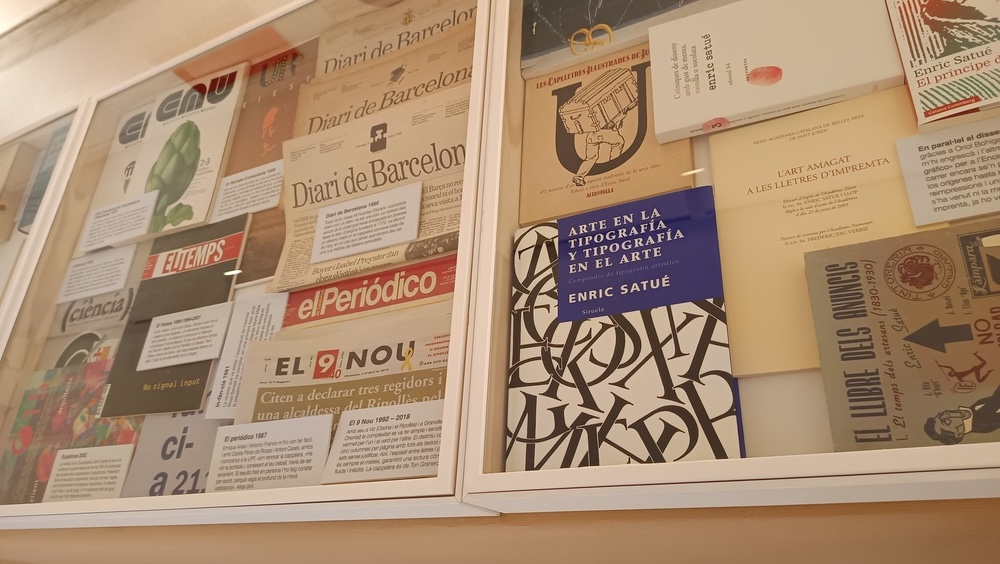 Dissenys gràfics d'Enric Satué al Museu Enric Monjo.
Dissenys gràfics d'Enric Satué al Museu Enric Monjo.
Throughout his career he has received recognitions such as the National Design Award , the National Culture Award or the recent Laus d'Honor . 2024. He is a member of the Royal Catalan Academy of Fine Arts , and his work has been valued both for his professional practice and his theoretical contribution. Satué has not only designed: he has also written, analyzed and contributed to building discourse. As Professor Jordi Pericot states, visiting this exhibition “is taking a journey through the history of design in our country, and at the same time discovering how Enric Satué's graphic and intellectual proposals have consolidated a new way of understanding design as a form of cultural and social expression.”
